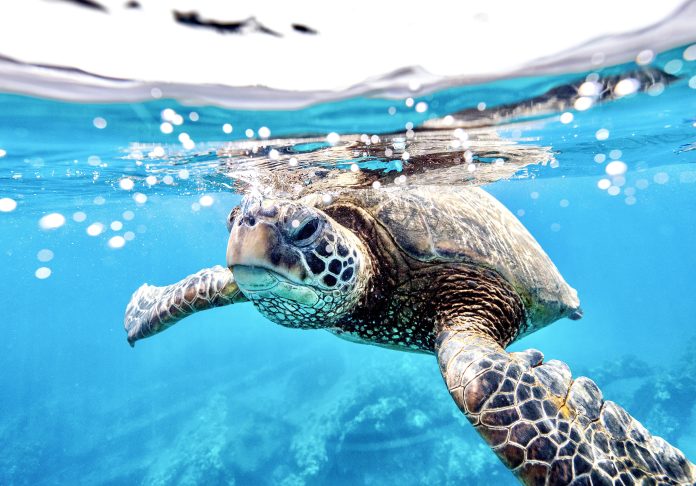
9 People Die & 78 Hospitalized After Eating Sea Turtle Meat On The Island Of Zanzibar
You can help all animals and our planet by choosing compassion on your plate and in your glass. #GoVeg
RELATED ARTICLES
Pressure Mounts For Arizona To Ban Dog Pack Hunting Of Mountain Lions, Bears & Other Critical Species
Conservation groups have submitted a petition to the Arizona Game and Fish Commission urging a ban on the use of dog packs for hunting...
Giraffes Are One Step Closer To Receiving Vital Endangered Species Act Protections
In response to a petition and subsequent lawsuit by conservation and animal protection organizations, the U.S. Fish and Wildlife Service (USFWS) has proposed listing...
South Africa’s Big Cat Industry: A Global Trade Of Extreme Cruelty & Exploitation
South Africa is the world’s leading exporter of big cats and their body parts, with over 3,500 live animals and 34,000 body parts exported...
Popular stories
News
Update! Koalas Are Now Listed As Endangered In Most Of Eastern Australia; Move Follows Prime Minister’s $50 Million Initiative To Protect Koalas Throughout The...
Update: February 24, 2022
Koalas in Queensland, New South Wales, and the Australian Capital Territory are now considered an endangered species. The news follows an announcement...
News
New Petition Calls For Critically Endangered Atlantic Humpback Dolphins To Be Added To The U.S. Endangered Species List
Conservation groups petitioned the National Marine Fisheries Service today to list the Atlantic humpback dolphin under the U.S. Endangered Species Act. Atlantic humpback dolphin...
Breaking News
Gold Mining Project Struck Down By U.S. Circuit Court Protecting Critical Species In California’s Sierra Nevadas
The recent decision by the 9th U.S. Circuit Court of Appeals to reverse the approval of exploratory drilling east of California’s Sierra Nevada Mountains...


